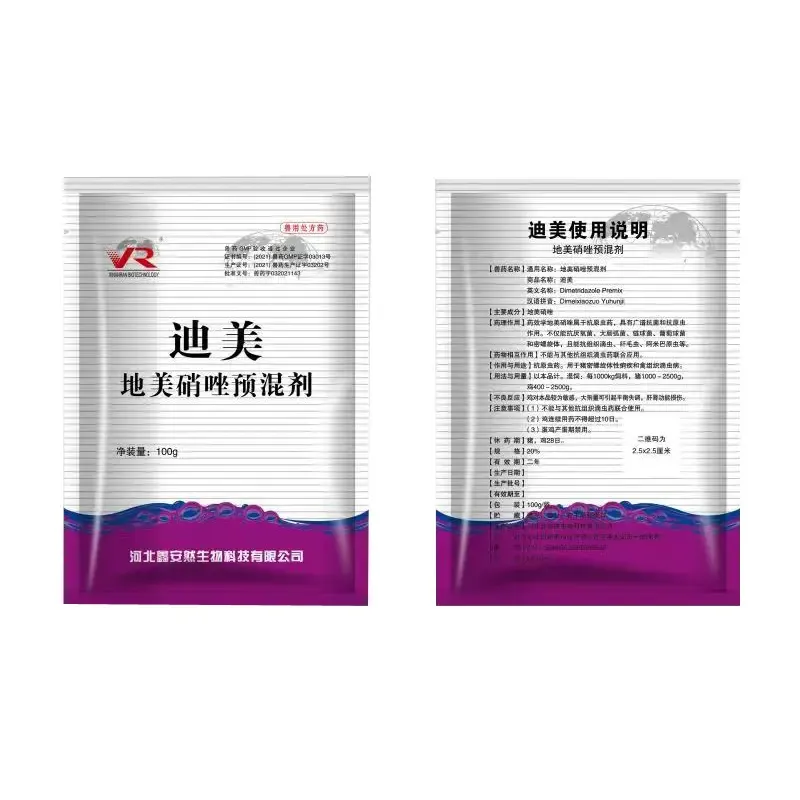- Afrikaans
- Albanian
- Amharic
- Arabic
- Armenian
- Azerbaijani
- Basque
- Belarusian
- Bengali
- Bosnian
- Bulgarian
- Catalan
- Cebuano
- Corsican
- Croatian
- Czech
- Danish
- Dutch
- English
- Esperanto
- Estonian
- Finnish
- French
- Frisian
- Galician
- Georgian
- German
- Greek
- Gujarati
- Haitian Creole
- hausa
- hawaiian
- Hebrew
- Hindi
- Miao
- Hungarian
- Icelandic
- igbo
- Indonesian
- irish
- Italian
- Japanese
- Javanese
- Kannada
- kazakh
- Khmer
- Rwandese
- Korean
- Kurdish
- Kyrgyz
- Lao
- Latin
- Latvian
- Lithuanian
- Luxembourgish
- Macedonian
- Malgashi
- Malay
- Malayalam
- Maltese
- Maori
- Marathi
- Mongolian
- Myanmar
- Nepali
- Norwegian
- Norwegian
- Occitan
- Pashto
- Persian
- Polish
- Portuguese
- Punjabi
- Romanian
- Russian
- Samoan
- Scottish Gaelic
- Serbian
- Sesotho
- Shona
- Sindhi
- Sinhala
- Slovak
- Slovenian
- Somali
- Spanish
- Sundanese
- Swahili
- Swedish
- Tagalog
- Tajik
- Tamil
- Tatar
- Telugu
- Thai
- Turkish
- Turkmen
- Ukrainian
- Urdu
- Uighur
- Uzbek
- Vietnamese
- Welsh
- Bantu
- Yiddish
- Yoruba
- Zulu
کانونی یەکەم . 11, 2024 01:58 Back to list
Exploring the Applications and Efficacy of Buparvaquone Injection in Veterinary Medicine
Buparvaquone Injection A Comprehensive Overview
Buparvaquone is an antiprotozoal agent that has gained attention in recent years for its effectiveness in treating infections caused by the parasite *Theileria*, particularly *Theileria annulata* and *Theileria orientalis*. This compound, originally developed for veterinary use, has demonstrated potential in addressing certain protozoal infections in livestock, which can lead to significant economic losses in the agricultural sector. As research continues to expand our understanding of this drug, its application, mode of action, and implications for animal health are becoming increasingly relevant.
Mechanism of Action
Buparvaquone operates by inhibiting the mitochondrial electron transport chain within the protozoan parasites. This interference effectively halts the parasite's energy production, leading to its eventual death. Specifically, buparvaquone acts on the complex II of the respiratory chain, which disrupts the normal functioning of the parasite's metabolism. In laboratory studies, it has shown impressive efficacy against various *Theileria* species, showcasing its importance as a therapeutic agent in veterinary medicine.
Clinical Applications
The primary use of buparvaquone injection is in the treatment of tropical theileriosis, a disease primarily affecting cattle in tropical and subtropical regions. Theileriosis can cause significant health issues, including fever, anemia, and weight loss, resulting in decreased productivity and economic hardship for farmers. By effectively treating this disease, buparvaquone not only aids in restoring the health of infected animals but also contributes to better management of livestock populations.
In addition to its application against *Theileria* species, ongoing research is exploring its effectiveness against other protozoal infections. The broad-spectrum activity of buparvaquone could potentially extend its use beyond veterinary applications to human medicine, particularly in cases of emerging protozoal diseases.
Administration and Dosage
buparvaquone injection use

Buparvaquone is typically administered through injection, allowing for rapid absorption and onset of action. The dosage can vary based on the specific indication, the size and condition of the animal, and the severity of the infection. It is crucial for veterinarians to adhere to recommended treatment protocols to ensure optimal outcomes and minimize the risk of adverse effects. Careful monitoring following administration is also essential to assess the animal's response to treatment and to identify any potential side effects.
Safety and Side Effects
While buparvaquone is generally considered safe when used according to guidelines, like any medication, it can have side effects. Some animals may experience mild reactions at the injection site, including swelling or soreness. More serious adverse effects, although rare, can occur, necessitating immediate veterinary attention. Vigilance in monitoring animals during treatment helps to ensure any potential complications are rapidly addressed.
Future Directions and Research
The ongoing research surrounding buparvaquone is promising, with studies aiming to optimize its use and expand its indications. Scientists are investigating the potential for combining buparvaquone with other therapeutic agents to enhance efficacy and reduce parasite resistance. The growing concern over drug-resistant strains of *Theileria* highlights the need for continuous research and development of new treatment strategies.
Moreover, as global warming and changing ecological conditions influence the spread of parasitic diseases, understanding the role and efficacy of buparvaquone in diverse environments is crucial. The insights gained from such studies could lead to improved management practices for livestock and significant advancements in veterinary pharmacology.
Conclusion
Buparvaquone injection represents a vital tool in the fight against protozoal diseases in livestock, particularly in regions where *Theileria* is prevalent. Its unique mechanism of action, combined with ongoing research and development, holds promise not only for veterinary medicine but potentially for human health as well. Continued exploration into this medication will contribute to improved animal welfare, enhanced agricultural productivity, and, ultimately, global food security. As we advance our understanding of buparvaquone, its full potential as a therapeutic agent will unfold, benefiting both animals and the agricultural industry as a whole.
-
Guide to Oxytetracycline Injection
NewsMar.27,2025
-
Guide to Colistin Sulphate
NewsMar.27,2025
-
Gentamicin Sulfate: Uses, Price, And Key Information
NewsMar.27,2025
-
Enrofloxacin Injection: Uses, Price, And Supplier Information
NewsMar.27,2025
-
Dexamethasone Sodium Phosphate Injection: Uses, Price, And Key Information
NewsMar.27,2025
-
Albendazole Tablet: Uses, Dosage, Cost, And Key Information
NewsMar.27,2025













